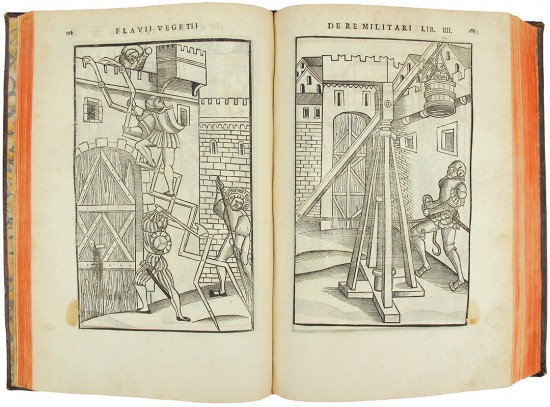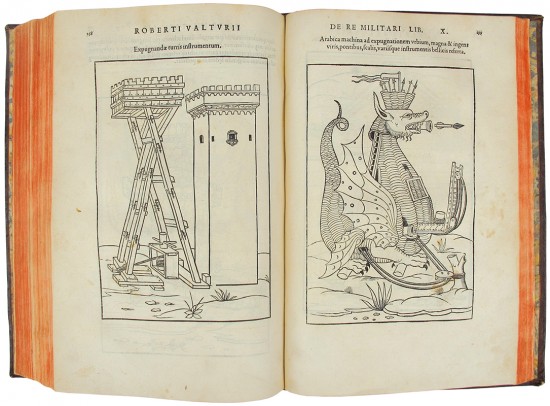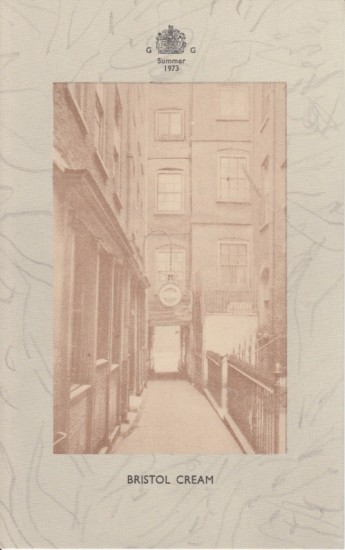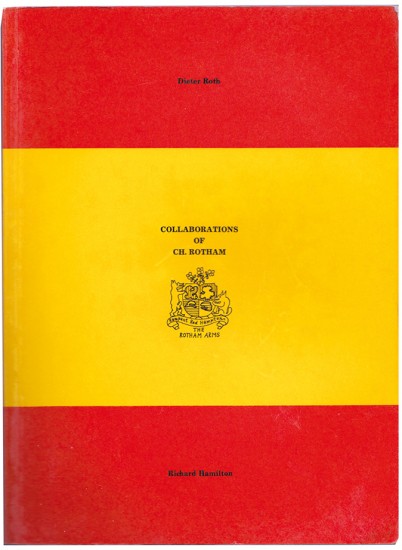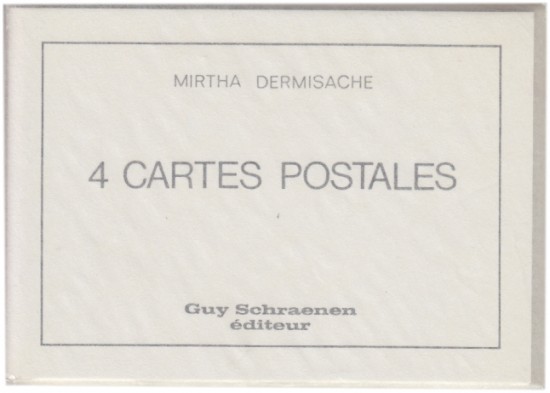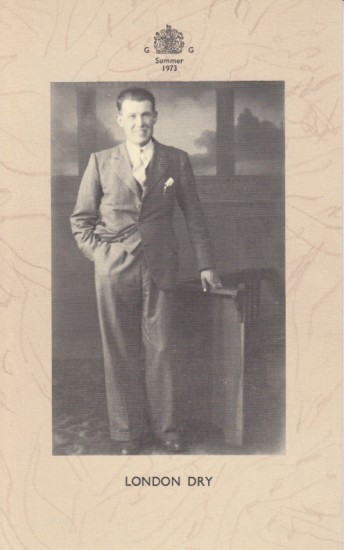Fl. Vegetii Renati Viri illustris De Re Militari Libri Quator ... &c. [Together with:] De Re Militari Libri XII
Vegetius & Valturius
Paris. Sub scuto Basiliensi ex officina Christiani Wechseli / Apud Christianum Wechelum, sub insigni scuti Basiliensis. 1535; 1534
Sold
A sammelband incorporating fine and extensively illustrated editions of the Classical military text of Vegetius with that of the Renaissance theoretician Valturius.
The Roman Publius Flavius Vegetius Renatus, writing during the fourth or fifth centuries A. D. (sources differ but the latest contemporary reference is to the death of the Emperor Gratian in 383 A. D.), is the author of the sole surviving military treatise of Roman times. Vegetius' work, drawn from a variety of sources, was evidently of some importance as it rivals Pliny's work in the number of surviving manuscript copies and was translated into a large number of languages even prior to the invention of printing. As a source for contemporary military tactics, materiel and personnel, Vegetius is unrivalled and was the essential manual for leadership in war until the Renaissance. As often, this edition of Vegetius also contains the work 'Strategemata' by Sextus Julius Frontinus (c.40 - 103 A. D.), Aelianus Tacitus' work on Greek military tactics and Modestus' vocabulary.
Roberto Valturio (1413 - 1484), known as Valturius, was the secretary, technical adviser and engineer to Sigismondo Pandolfo Malatesta of Rimini, for whom he composed his 'De Re Militari'. Valturius composed the work in the mid-fifteenth century (probably between 1455 and 1460) at a time when traditional military techniques of siege-craft (such as those cited by Vegetius) were being replaced with newer techniques for new technology with the advent and spread of the use of gunpowder. The work is noted for its extensive corpus of illustration - the first edition was the first true illustrated book to be printed in Italy (with illustrations by Matteo de Pasti) and certainly the first book with technical illustration printed anywhere - that depict the extensive materiel of the Renaissance war-machine: siege towers, battering rams, scaling ladders, siege towers, war chariots, ballistas and trebuchets, armed galleys, diving equipment, a submarine, several bizarre types of gun turret, cannon and so on.
The Vegetius presented here is the third Wechel edition, the Valturius the second; Mortimer notes the Harvard copy of the first Wechel Valturius (1532) as being bound with a copy of the first Wechel Vegetius (also 1532). The woodcuts for the Valturius are copies of those used for the second edition (Verona 1483) printed in reverse, those for the Vegetius are copies in reverse of those used for a German edition (Erfurt 1511).
'The Verona Valturius and its reprints were the handbooks of the military leaders of the Renaissance, and Leonardo da Vinci, when acting as chief engineer to Cesare Borgia, possessed a copy and borrowed some of its designs.' (Printing and the Mind of Man).
'Concerning the original designs for the two works, there is still some question as to whether the Vegetius or Valturius blocks appeared earlier, or whether copying was done while the works were in manuscript ... '. (Mortimer).
'Cette édition [of Vegetius] se recommande et par le nom de son éditeur, le savant Budée, et par les gravures sur bois dont elle est ornée ... '. (Brunet).
[Vegetius: Mortimer French 487; Brunet V, 1162; Valturius: Mortimer French 536; see PMM 10 for the first edition (Verona, 1472); not in Brunet].
The Roman Publius Flavius Vegetius Renatus, writing during the fourth or fifth centuries A. D. (sources differ but the latest contemporary reference is to the death of the Emperor Gratian in 383 A. D.), is the author of the sole surviving military treatise of Roman times. Vegetius' work, drawn from a variety of sources, was evidently of some importance as it rivals Pliny's work in the number of surviving manuscript copies and was translated into a large number of languages even prior to the invention of printing. As a source for contemporary military tactics, materiel and personnel, Vegetius is unrivalled and was the essential manual for leadership in war until the Renaissance. As often, this edition of Vegetius also contains the work 'Strategemata' by Sextus Julius Frontinus (c.40 - 103 A. D.), Aelianus Tacitus' work on Greek military tactics and Modestus' vocabulary.
Roberto Valturio (1413 - 1484), known as Valturius, was the secretary, technical adviser and engineer to Sigismondo Pandolfo Malatesta of Rimini, for whom he composed his 'De Re Militari'. Valturius composed the work in the mid-fifteenth century (probably between 1455 and 1460) at a time when traditional military techniques of siege-craft (such as those cited by Vegetius) were being replaced with newer techniques for new technology with the advent and spread of the use of gunpowder. The work is noted for its extensive corpus of illustration - the first edition was the first true illustrated book to be printed in Italy (with illustrations by Matteo de Pasti) and certainly the first book with technical illustration printed anywhere - that depict the extensive materiel of the Renaissance war-machine: siege towers, battering rams, scaling ladders, siege towers, war chariots, ballistas and trebuchets, armed galleys, diving equipment, a submarine, several bizarre types of gun turret, cannon and so on.
The Vegetius presented here is the third Wechel edition, the Valturius the second; Mortimer notes the Harvard copy of the first Wechel Valturius (1532) as being bound with a copy of the first Wechel Vegetius (also 1532). The woodcuts for the Valturius are copies of those used for the second edition (Verona 1483) printed in reverse, those for the Vegetius are copies in reverse of those used for a German edition (Erfurt 1511).
'The Verona Valturius and its reprints were the handbooks of the military leaders of the Renaissance, and Leonardo da Vinci, when acting as chief engineer to Cesare Borgia, possessed a copy and borrowed some of its designs.' (Printing and the Mind of Man).
'Concerning the original designs for the two works, there is still some question as to whether the Vegetius or Valturius blocks appeared earlier, or whether copying was done while the works were in manuscript ... '. (Mortimer).
'Cette édition [of Vegetius] se recommande et par le nom de son éditeur, le savant Budée, et par les gravures sur bois dont elle est ornée ... '. (Brunet).
[Vegetius: Mortimer French 487; Brunet V, 1162; Valturius: Mortimer French 536; see PMM 10 for the first edition (Verona, 1472); not in Brunet].
[342 leaves: 144 leaves (Vegetius); 198 leaves (Valturius); pp. (viii), 279, (i); (xii), 383, (i)]. Numerous mispaginations throughout both works. 2 vols. in 1. Small folio. (312 x 215 mm). Vegetius: Printed title with publisher's woodcut vignette [Renouard 1116], full-page woodcut verso, three leaves of Index, text of Vegetius, Frontinus, Aelianus and Modesti, illustrated with a further 122 woodcut illustrations (120 full-page, one half-page and one vignette) and 28 typographical illustrations of battle-plans, woodcut 6- and 4-line historiated and decorative initials throughout, final leaf with repeat of publisher's vignette verso; Valturius: Printed title with publisher's woodcut vignette [Renouard 1114], Valturius' dedications and text of Books I - XII, illustrated with 85 woodcuts, 45 full-page, woodcut 6- and 4-line historiated and decorative initials throughout, final leaf with publisher's vignette verso [Renouard 1110]. Latin text in Roman type throughout both works, marginal notes in italic type and occasional insertions in Greek. Full eighteenth-century mottled calf, boards ruled in blind, banded spine with red morocco title label and title gilt 'FL-VEGETII / - RENATI VIRI / DE RE MILIT' and elaborate gilt decoration, board edges with gilt tooling, marbled endpapers, blue silk placemarker, all edges red, later marbled paper slipcase.
#43331
